Anchors Aweigh: A visit to Bremerton’s naval attractions

As we entered Bremerton, the first thing that popped into my head was the song “Anchors Aweigh,” the Naval Academy’s march. If you’re a fan of American naval history, then the city along Washington’s Puget Sound is for you. My daughter Mallory and I spent an afternoon touring the Navy museum, as well as a floating one.
Bremerton is home to the Puget Sound Navy Shipyard, which has been responsible for building and repairing ships. Built in 1891, the shipyard has seen its share of military duty. During World War II, more than 25 ships were repaired there.
The shipyard is home to a famous steel crane known as “The Hammerhead.” It was used to move heavy guns on battleships and cruisers. The shipyard stopped using the crane in 1996, but visitors can still see it standing above the shipyard’s buildings.

We stopped to visit the Puget Sound Navy Museum, which has free admission (donations are gladly accepted). The two-floor museum offers a look at the next-door shipyard history and life aboard the USS John Stennis, which called Bremerton its home port.
The section on the shipyard gives visitors a close-up look at the facility’s production. While the Hammerhead would be used topside, workers would don gear to perform underwater work that could eliminate needless dry dock time.
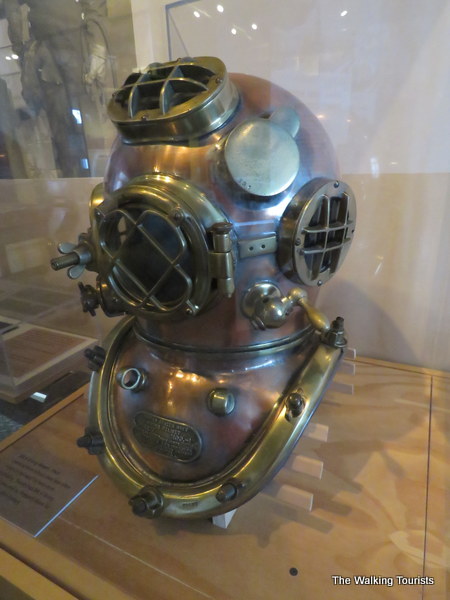
Ever the comedian (or child), my daughter Mallory posed in a cutout for me. I love that she likes to do these types of things when we visit. I am the curmudgeon, so it helps.
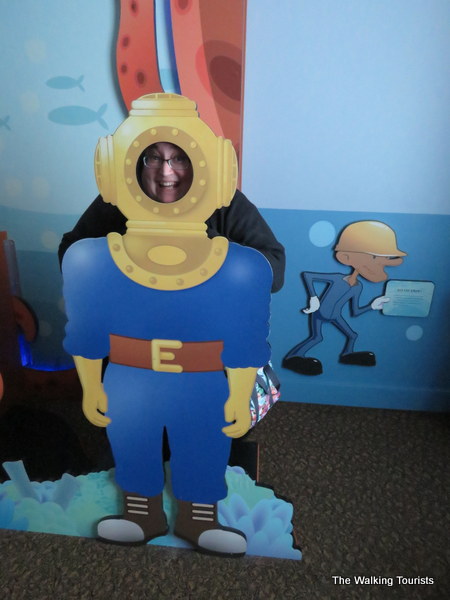
The exhibit includes a toolbox from the 1940s, housing several items that a worker would need to perform his or her tasks. The toolbox on display was used by an employee for most of his years at the shipyard.
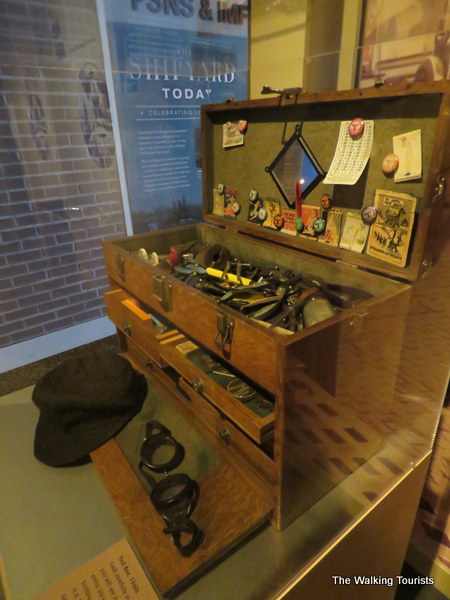
Topside of the museum (second floor), we took a look at life aboard the USS John Stennis. Visitors can take a look out from a replica of the aircraft carrier’s bridge. Can you imagine piloting a ship this size? More than 3,000 sailors are assigned to the ship, which is about half-a-mile long. The ship was christened in 1995 and is the centerpiece of a carrier battle group.
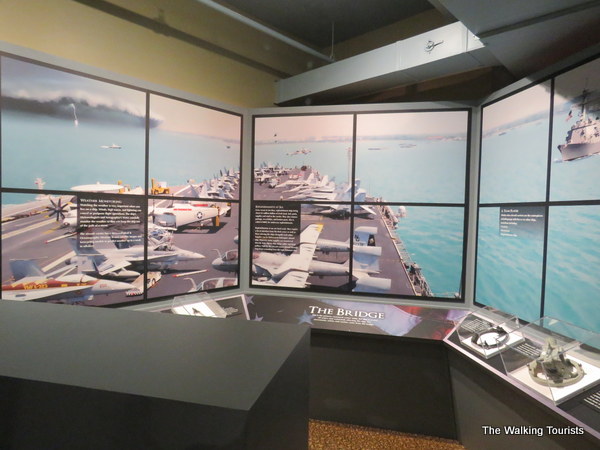
Life aboard a ship is similar to living a small town…with some differences. The ship has a store, mess hall, barbershop and medical facilities, among its components. The sleeping quarters are extremely compact, with a small bunk bed. The bed usually lays over a sailor’s clothes drawer.
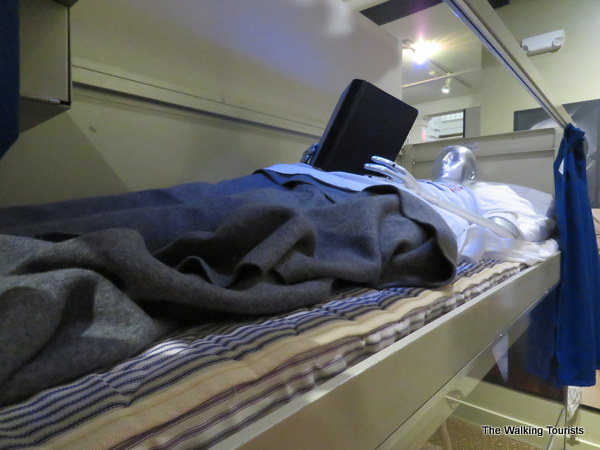
The museum’s exhibit features a variety of sailors’ roles on the Stennis, including pilots and ground crew members.
The museum expands its coverage from the Stennis to other naval operations. A section highlights the variety of submarine classes. We took a close look at the USS Jimmy Carter, named for the 39th president. President Carter served aboard a submarine during World War II.
A temporary exhibit covers baseball and its history with the Navy. Baseball was the major sport in the United States during the 1940s. It provided a morale boost for servicemen and fans.
Major League Baseball players who took time out from their athletic careers to serve the country during World War II included Ted Williams, Bob Feller, Stan Musial and Larry Doby.
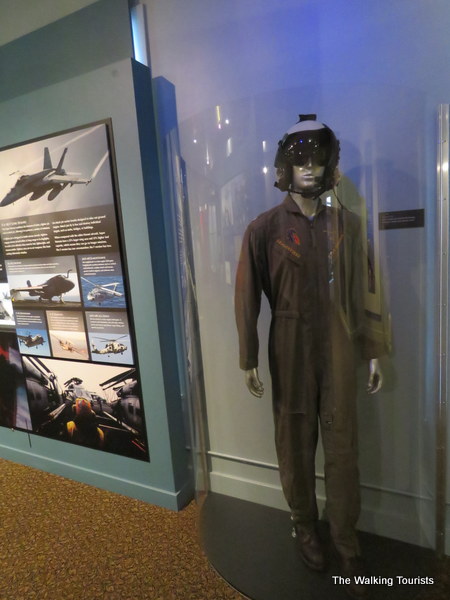
A short walk from the Puget Sound Navy Museum is the floating museum, the USS Turner Joy. The retired destroyer was commissioned in 1959. It served until 1982. It was named after Vice Admiral Joy, who served a variety of roles during his military career, including a stint as superintendent of the Naval Academy during the 1950s.

Visitors can roam most parts of the ship. If you’re not comfortable with small rooms, you’ll still be able to tour the ship as the rooms are to the side of much larger areas.

A table in the mess hall is cordoned off in honor of POWs and MIAs. It’s a common feature about naval vessels.

The ship includes an exhibit on Vietnam-era Prisoners of War. It’s located in a former living quarter for two sailors. The exhibit provides information about a sailor from South Dakota, who was released early from imprisonment. Dog Hegdahl, from Clark, SD, was 20 years old when he fell overboard from his ship. Captured by militiamen, he was beaten before being taken to the “Hanoi Hilton,” an infamous POW camp, whose prisoners included Arizona Senator John McCain, who was a Navy pilot at the time. Upon his release, Hegdahl provided information about 265 prisoners and living conditions in the POW camps.

On the deck, the size of the weapons on ships is impressive. The artillery can reach targets several missiles away.

Surrounding the military attractions are a variety of memorials and monuments. In addition to the museums we visited, nearby attractions include the Naval Undersea Museum in Keyport, about a 22-minute drive north of Bremerton.

I always enjoy visiting military attractions. The Bremerton area provided an excellent opportunity to learn about the area’s naval history and influence. I recommend planning a day trip to Bremerton when in the Seattle area.
For more information on Bremerton’s area attractions, please visit www.visitkitsap.com.




